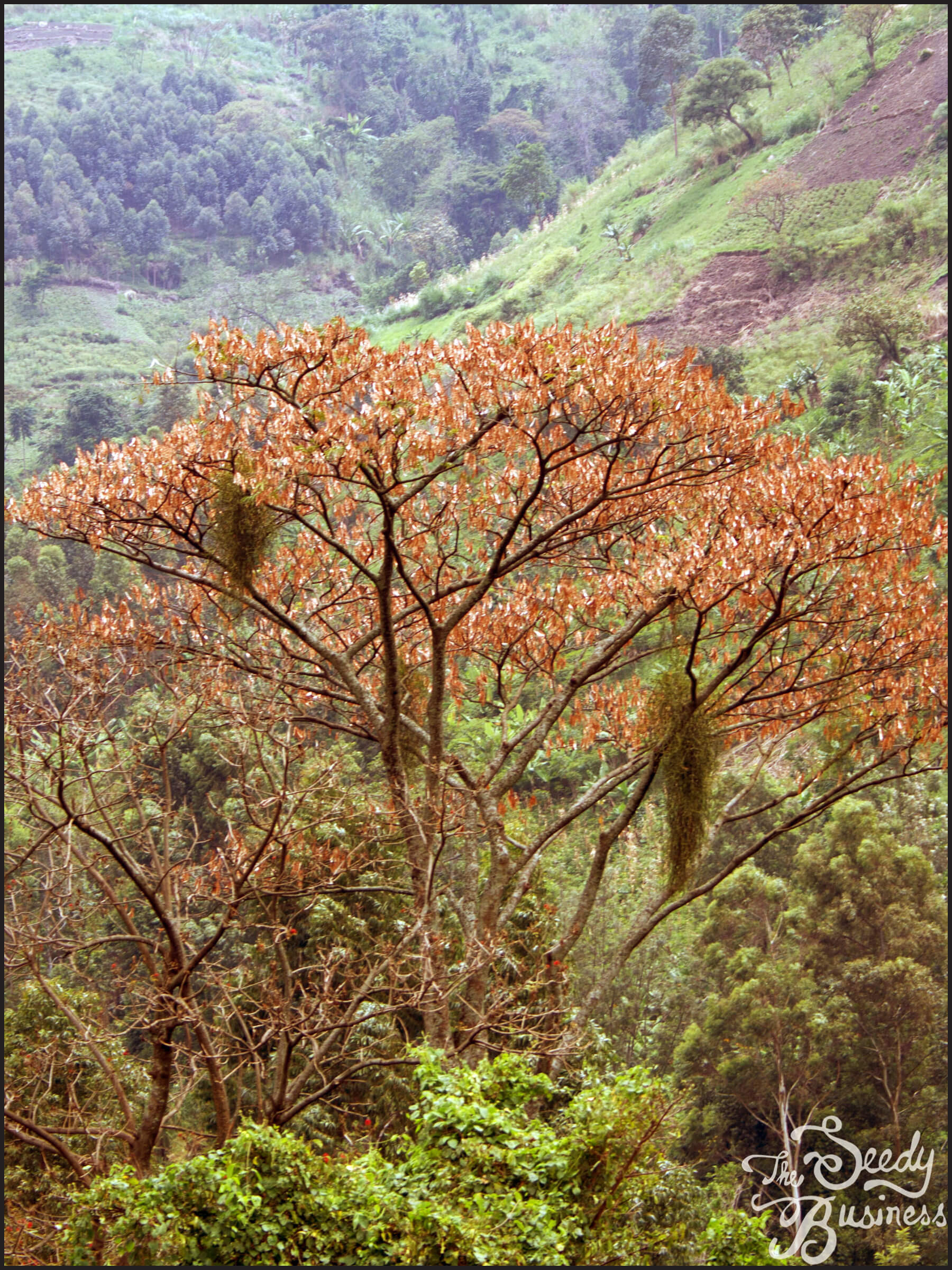Entada abyssinica





Entada abyssinica
Entada abyssinica, a small deciduous tree, is widespread in the open savannah woodlands of tropical Africa. Reaching heights of 7 to 10 m (23 to 33 ft), it is low-branching, with a flat crown and compound leaves of small leaflets. The long spikes of flowers are cream to yellow. Many parts of the tree are utilized in its native range. The leaves are good fodder; its fibers are made into ropes; wood provides fuel and its ashes can be used in soap making. Medicinally, crushed roots are used as a treatment for bronchial problems and the powdered seeds for sneezing. The poisonous juice of the bark has a history of use in trials by ordeal; it was applied to an accused individual’s eye, and their survival or death determined their innocence. Entada abyssinica will grow in areas with annual rainfall in the range of 500 to 2000 mm (20 to 79 in), prefers a position in full sun but accepts some shade, and tolerates average daytime temperatures of 15 to 35°C (59 to 95°F). It is a nitrogen-fixer and can improve soil.
Suitable for outdoor planting in USDA plant hardiness zones 10 to 11
Minimum tested germination rate is 65%
Collected in 2022 in Kenya
